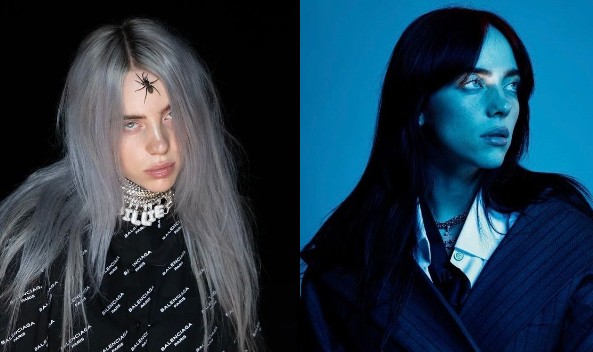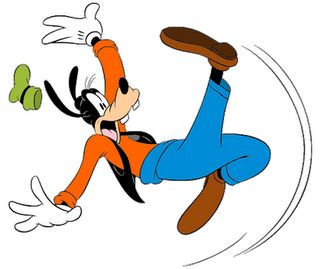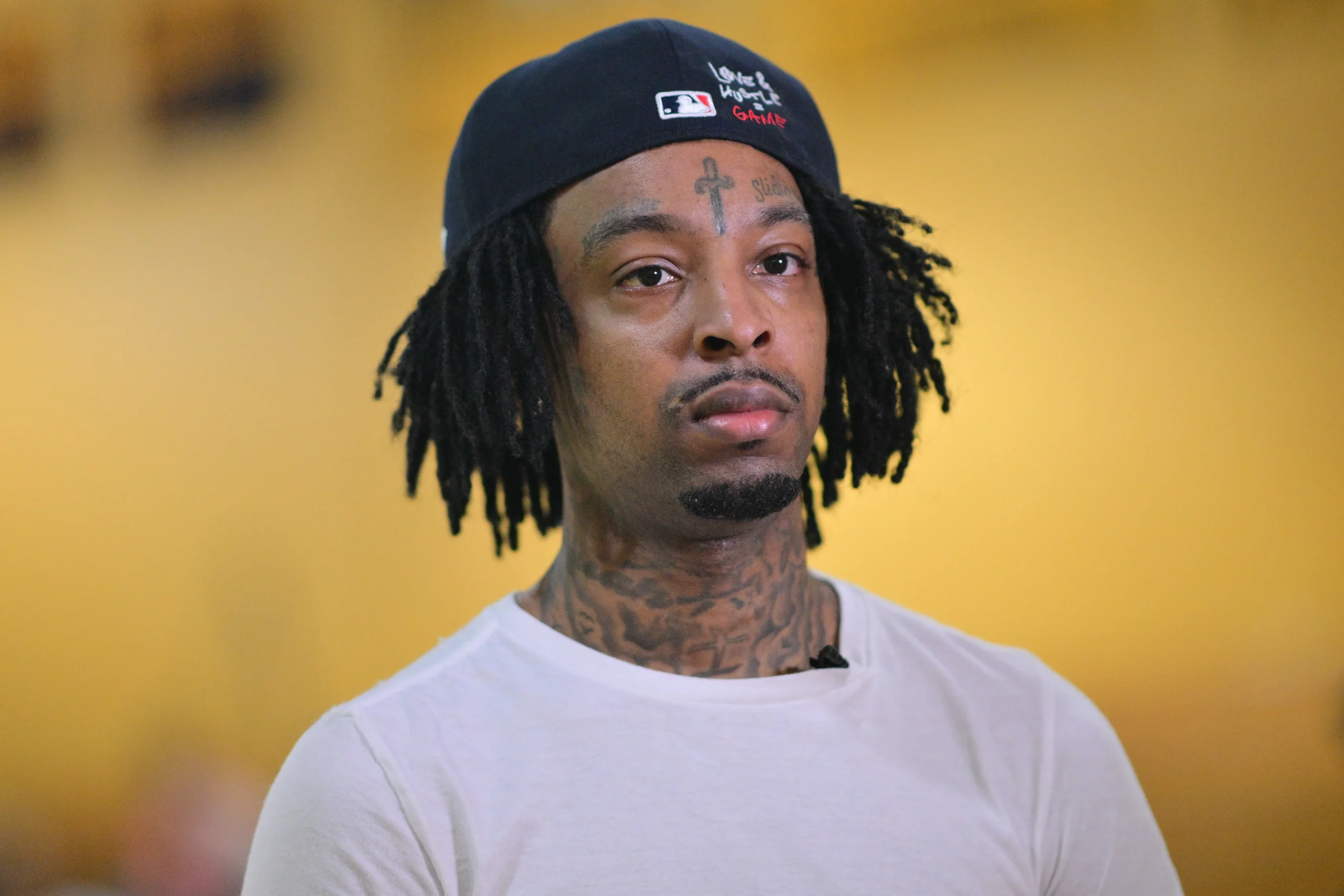mistressesanonymous.com – Billie Eilish Pirate Baird O’Connell, known mononymously as Billie Eilish, is a name that has become synonymous with innovation, vulnerability, and authenticity in contemporary music. With a career that began in her teenage years, Billie Eilish has rapidly ascended to global stardom, establishing herself as one of the most influential and unique artists of her generation. Through her distinctive sound, visual style, and unapologetic individuality, Billie has redefined what it means to be a pop star in the modern era.
This article explores the journey of Billie Eilish, from her early years and musical beginnings to her rise to fame, her influence on pop culture, and the social impact she continues to have through her music and activism.
Early Life: A Creative Childhood
Born to Musical Parents
Billie Eilish was born on December 18, 2001, in Los Angeles, California, to a family of artists. Her parents, Maggie Baird and Patrick O’Connell, were both musicians and actors, and Billie was raised in an environment where creativity was encouraged. Her brother, Finneas O’Connell, also played a pivotal role in her musical journey, becoming her primary collaborator and producer. The Eilish family’s close-knit atmosphere fostered an environment where Billie and Finneas could explore their musical interests freely, without external pressures.
From a young age, Billie displayed a natural inclination toward music and performance. She began singing at just eight years old and started writing her own songs when she was eleven. Billie’s parents homeschooled her, which allowed her the freedom to explore her passions without the constraints of traditional schooling. This unconventional upbringing gave Billie the space to develop her talents in a way that was uniquely her own.
A Teenager’s Beginnings in Music
Billie’s musical journey took off in 2015 when she uploaded a song called “Ocean Eyes” to SoundCloud. Written and produced by her brother, Finneas, “Ocean Eyes” was a hauntingly beautiful track that quickly gained attention for its ethereal production and Billie’s angelic voice. The song went viral, and within months, it was picked up by a major label, marking the beginning of her career.
What set Billie apart from other emerging artists at the time was her ability to convey deep emotion and vulnerability through her music. “Ocean Eyes” wasn’t just another pop song—it was a window into Billie’s soul, an authentic expression of her feelings, which was something that resonated with listeners. This authenticity became a hallmark of Billie’s music and would be a driving force behind her success in the years to come.
Rise to Fame: A Unique Sound and Vision
Debut Album: When We All Fall Asleep, Where Do We Go?
Billie Eilish’s debut album, When We All Fall Asleep, Where Do We Go?, released in March 2019, marked a seismic shift in the music industry. The album’s production, masterminded by Finneas, was unlike anything else on the charts at the time. Combining elements of dark pop, electronic, alternative, and even whispers of hip-hop, Billie’s sound was minimalistic, haunting, and emotionally raw.
Tracks like “bury a friend,” “bad guy,” and “when the party’s over” became instant hits, each showcasing Billie’s ability to blend genres and push musical boundaries. The album’s lyrics delved into themes of isolation, mental health, fame, and self-awareness, connecting with young listeners who saw their own struggles reflected in her music. The haunting quality of her voice, combined with the eerie and experimental production, created a signature sound that was both unique and timeless.
“bad guy,” in particular, became a cultural phenomenon. With its catchy beat, bold bassline, and quirky vocal delivery, it topped charts worldwide and earned Billie her first Grammy Award for Record of the Year. The song’s success solidified Billie’s place as one of the most innovative and unconventional pop stars of the decade.
Winning Grammy Awards and Worldwide Recognition
Billie Eilish’s rise to fame was punctuated by her success at the 2020 Grammy Awards, where she made history by sweeping the major categories. She won five Grammy Awards, including Album of the Year, Song of the Year, Record of the Year, Best New Artist, and Best Pop Vocal Album—an accomplishment rarely seen for an artist so young. Billie’s success at the Grammys was a testament to her artistic vision, hard work, and ability to resonate with both fans and critics alike.
Her success was not limited to the awards circuit. Billie’s presence in the fashion world also skyrocketed, with her bold sense of style garnering attention. Known for her oversized clothes and colorful, often unconventional outfits, Billie used fashion as a form of self-expression. Her approach to style was another way she defied traditional expectations of what a pop star should look like, and her distinct appearance became a symbol of empowerment for many young people.
Evolution and Artistic Growth
Happier Than Ever: A Sophomore Masterpiece
In July 2021, Billie released her highly anticipated sophomore album, Happier Than Ever. The album marked a departure from the moody, minimalist sound of her debut, incorporating more organic instrumentation and a deeper exploration of her emotions. While Billie had always been open about her struggles with fame, mental health, and self-acceptance, Happier Than Ever allowed her to dig even deeper into these themes, reflecting on the complexities of growing up and dealing with the pressures of being in the public eye.
The album’s title track, “Happier Than Ever,” is a powerful anthem of self-empowerment, with Billie confronting the complexities of fame and the emotional toll it has taken on her. The song builds from a soft, acoustic ballad into a full-throttle rock anthem, showcasing Billie’s vocal range and her ability to convey raw emotion through her music.
The album received widespread acclaim for its maturity and evolution from her debut, demonstrating Billie’s growth as both an artist and a person. Happier Than Ever became another chart-topping success and further solidified Billie Eilish’s position as one of the most innovative and influential artists of her generation.
Pushing Boundaries in Music and Visual Art
One of the defining aspects of Billie’s career is her commitment to pushing boundaries in both her music and her visual artistry. From the beginning of her career, Billie has been heavily involved in the creation of her music videos, working closely with directors and her brother, Finneas, to ensure that her visuals are as striking and unique as her sound.
The music video for “bad guy” was one of the standout moments of Billie’s visual career, featuring bold, surreal imagery and unconventional aesthetics that captivated audiences. Similarly, the video for “bury a friend” was unsettling and artistic, showcasing Billie’s willingness to embrace dark, avant-garde concepts.
Billie’s ability to blur the lines between music, fashion, and art has made her a visionary within the music industry, and her work continues to challenge the traditional norms of pop music and its visual representation.
Billie Eilish’s Impact on Pop Culture
A Voice for Mental Health and Social Issues
Beyond her musical contributions, Billie Eilish has used her platform to advocate for mental health awareness, climate change, body positivity, and social justice. She has been open about her struggles with anxiety, depression, and body image, and has encouraged her fans to be kind to themselves and others. In doing so, Billie has become a role model for millions, particularly young people, who find comfort and validation in her vulnerability.
Billie has also been vocal about environmental issues, using her platform to speak out on climate change and encourage sustainable practices. In 2021, she even partnered with the clothing brand H&M to create a clothing line that promoted sustainable fashion, further emphasizing her commitment to a better future for the planet.
Challenging Industry Standards and Expectations
Billie’s approach to fame, beauty standards, and personal expression has been revolutionary. By embracing her natural look and rejecting the typical beauty ideals that dominate the entertainment industry, Billie has become an advocate for individuality and self-acceptance. She has challenged the notion that female pop stars need to conform to a particular image in order to be successful, instead choosing to define her own path.
Her unapologetic nature and refusal to conform have made Billie an icon for Generation Z, and she continues to inspire her fans to embrace their true selves. Whether it’s through her music, her fashion choices, or her advocacy, Billie Eilish has proven that being true to oneself is the most powerful form of self-expression.
Legacy: A Modern Musical Icon
Billie Eilish’s rise to stardom is a testament to the power of authenticity, vulnerability, and artistic innovation. In just a few short years, she has redefined what it means to be a pop star, bringing new sounds, ideas, and values to the music industry. Through her powerful lyrics, bold visuals, and commitment to social change, Billie has not only reshaped modern pop music but also carved out a space for herself as an influential figure in both music and culture.
Billie Eilish is more than just a pop star—she is a force of change, a champion for mental health and social justice, and an inspiration for anyone who feels like they don’t fit into the conventional mold. As she continues to evolve both as an artist and a person, it’s clear that Billie Eilish will remain a cultural touchstone for years to come, continuing to challenge norms, inspire change, and empower millions with her music and message.



